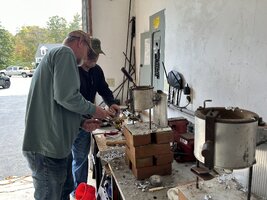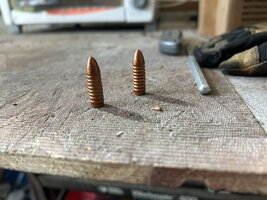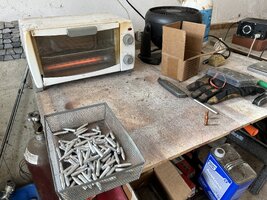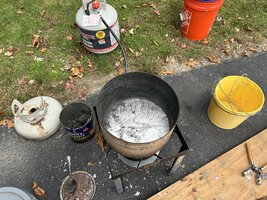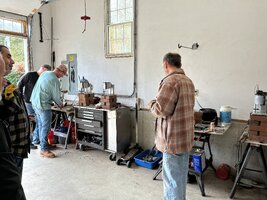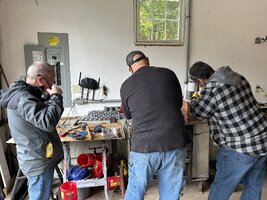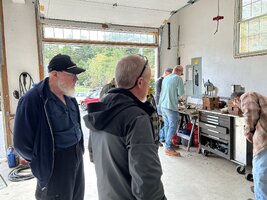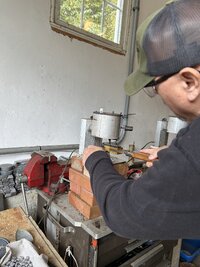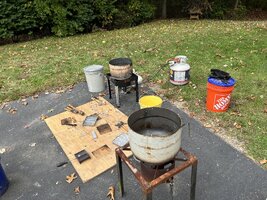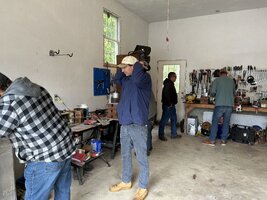Yeah, i wasn’t planning on using every lb of pure I had. The idea was to do 100 lb batches of one alloy for pistol (9mm and 45). It will be 8-10 BHNI would make small batches
Your better off keeping the pure lead pure and only use the high tin solder to add tin to alloy as needed.
I often trade pure lead to the black powder shooters for alloy more suited to my needs. Last trade was great , 50lbs pure for 50lbs “hard cast”
I rather have the hardcast alloy
Then I would do other batches for other alloys if needed.
I had a chart somewhere for pressure and hardness requirements that I’m using to plan this out. I could probably get away with a lower BHN and I may test that out, but I’ve been using 8-10 BHN and I’m having no issues

